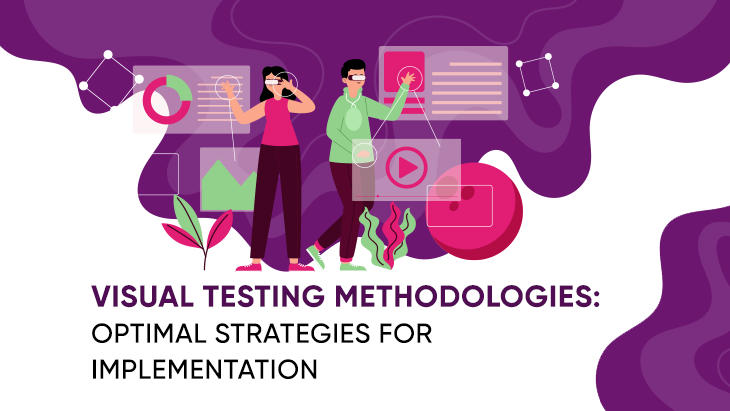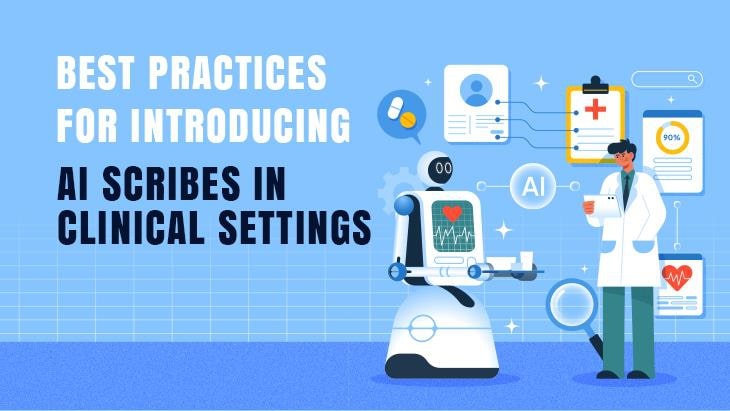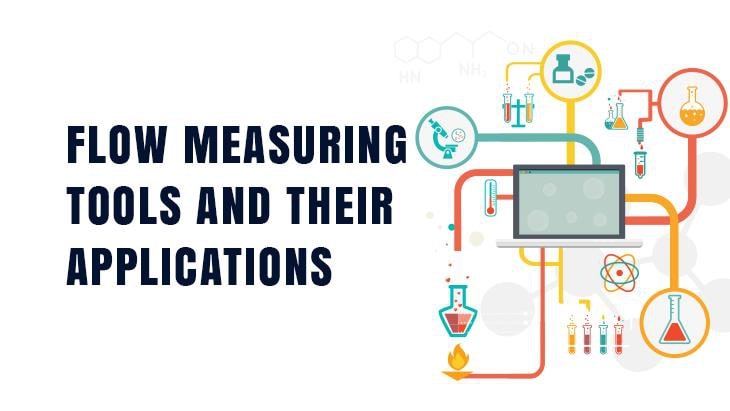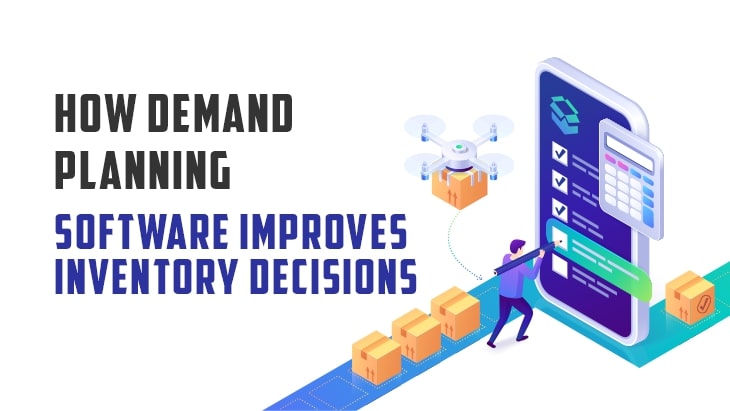Visual testing has become rather relevant in the field of software quality assurance. This is primarily because it ensures that an application's GUI (graphical user interface) works seamlessly across numerous platforms, devices, and screen resolutions. Unlike conventional testing approaches, which merely focus on performance, visual testing assesses an application's aesthetics, such as layout, design, and responsiveness. Below are the top strategies you should become familiar with for implementing visual testing successfully into your testing efforts.
Understanding Visual Test Methodologies
So, what is visual testing? Visual testing approaches essentially aim to compare the intended visual output to the actual output produced by the program. This method detects visual anomalies such as layout changes, font inconsistencies, color incompatibilities, and picture distortions. By identifying these problems early in the development cycle, teams can provide a refined user experience and increase customer satisfaction.
Importance of Optimal Strategy
Effective visual testing procedures are critical for assuring the correctness and dependability of software applications. Optimal testing procedures expedite the process, increase test coverage, and further reduce the likelihood of visual errors making it into production. Here are some important methods for effective implementation:
Automated Visual Testing
Automated visual testing uses specialized tools to take screenshots of application interfaces and compare them to baseline pictures. This method allows the quick identification of visual regressions across browser versions, devices, and viewport sizes. Moreover, by automating repeated visual validation activities, teams may save time and money while ensuring testing consistency. It also improves the scalability of the testing process, enabling efficient testing of big and complicated systems.
Cross-browser Testing
When it comes to cross-browser testing, it essentially assesses the interoperability of web applications across different web browsers. Furthermore, given the fact that each browser reads programming languages differently, it is highly critical to maintain consistent rendering across distinguishing platforms. By introducing browser testing into visual testing procedures, organizations may proactively discover and resolve browser-specific problems. This provides a consistent user experience independent of the browser used, increasing customer happiness and retention.
Responsive Design Testing
The widespread use of smart gadgets has made responsive design a very regular procedure in web development. Typically, responsive design testing tries to assess how exactly your application adjusts to different screen sizes and orientations, thus guaranteeing an ideal user experience on both desktop and mobile platforms. Visual testing allows teams to assess the responsiveness of their apps and uncover layout errors by simulating multiple viewport widths. This guarantees that the program delivers a consistent and user-friendly experience across a variety of devices, improving accessibility and usability.
Visual Regression Testing
Visual regression testing compares current program screenshots to earlier versions to uncover unintentional visual changes that occurred during development. Establishing a baseline of anticipated visual behavior allows teams to spot variations caused by code changes and avoid visual regressions from affecting the user experience. Visual regression testing speeds up feedback loops and makes problem identification easier when integrated into continuous integration processes. This primarily guarantees that the application retains its visual quality and authenticity throughout the development process. This, in turn, decreases the possibility of user dissatisfaction and unfavorable feedback.
Accessibility Testing
This form of testing generally assures that software products can be used by individuals with impairments. Teams may further verify that their apps meet accessibility requirements and laws by analyzing variables like keyboard navigation, color contrast, and screen reader compatibility. Integrating accessibility testing into visual testing methods increases inclusion and improves the overall user experience. It also assists businesses in meeting legal and ethical standards, therefore promoting a good brand image and reputation.
Localization Testing
Localization testing, on the other hand, ensures that software programs are adaptive to distinguishing languages, cultures, and areas. To make sure the program satisfies the demands of consumers worldwide, this entails testing localized content, date types, currency symbols, and cultural peculiarities. Visual testing across many languages and locations allows teams to detect and fix problems with translation, layout, and content presentation, resulting in increased market reach and user engagement. This guarantees that the application appeals to a broad range of global consumers, resulting in increased user adoption and satisfaction.
Implementing Visual Testing with ACCELQ
In the field of visual testing approaches, organizations like ACCELQ provide novel solutions to expedite the testing process and speed software delivery. The cloud-based continuous testing platform allows teams to substantially streamline end-to-end testing, including visual validation, for both web and mobile apps.
Wrapping Up
Visual testing approaches are critical in assuring the quality and consistency of software applications in today's digital world. Teams may find and fix visual problems early in the development lifecycle by employing best practices such as automated visual testing, cross-browser testing, responsive design testing, accessibility testing, localization testing, and visual regression testing. Companies such as ACCELQ provide innovative testing solutions that help companies reach their quality assurance objectives easily and effectively.

















Post Comments